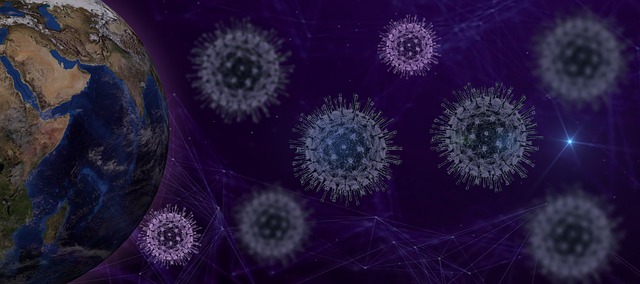Background
Due to the rapidly evolving epidemiological situation regarding the novel coronavirus disease 2019 (COVID-19) epidemic, EU Member States are now not only reviewing their case management but also their approach towards people who have been in contact with recently detected cases (’contacts’).
This document can be read in conjunction with the WHO guidance " Home care for patients with suspected novel coronavirus (2019-nCoV) infection presenting with mild symptoms and contact management ."
Scope of this document
The aim of this document is to provide guidance to EU/EEA public health authorities on the management of people, including healthcare workers, who had contact with COVID-19 cases.
Target audiences
Public health professionals and healthcare professionals in EU/EEA Member States.
Purpose of contact management
The purpose of managing contacts of the COVID-19 case is:
- Identify symptomatic contacts as soon as possible for isolation and treatment.
- Facilitate rapid laboratory diagnostic tests.
Definition of contact persons A contact of a COVID-19 case is a person who is currently asymptomatic , who has had or may have been in contact with a COVID-19 case. The associated risk of infection depends on the level of exposure, which, in turn, will determine the type of monitoring. |
Establishing the level of exposure can be difficult and requires that the case be interviewed.
1. High risk exposure (close contacts)
|
Low risk exposure (casual contact)
|
health workers Healthcare workers caring for COVID-19 patients in EU/EEA hospitals must register and monitor themselves in accordance with work health procedures/routines in their country of practice. Based on the high risk of transmission associated with medical care , and in line with existing recommendations from other institutions, the following specific measures are proposed for health workers. Unprotected contact (high risk exposure). Active monitoring for 14 days. AND
Contact protected with the use of recommended PPE:
Contact management steps after a case is identified Immediately after a case is confirmed, the next steps are: Identification and list of contacts; classification of the contact as having had a high-risk exposure (’close contact’) or a low-risk exposure. |
Contact tracing and assessment (i.e. communicating with contact persons and assessing risk) • contact management and monitoring (i.e. informing, advising, following up, this includes testing if indicated).
- Monitoring of contact tracing results by an outbreak control team.
Contact monitoring
Depending on the specific situation, public health authorities may support, promote or implement additional restrictions (for example, voluntary limitation of contacts by the person, or avoiding contact with crowds).
Contact tracking and management are based on the latest available knowledge, as described below.
Current estimates suggest a median incubation period of five to six days, with a range of up to 14 days .
- A recent modeling study confirmed that it remains prudent to consider an incubation period of at least 14 days.
- A case is thought to be most infectious when symptoms are present, but could possibly already be infectious before the onset of symptoms.
- Transmission is thought to occur primarily through respiratory droplets. At present, it is still unclear whether airborne or fecal transmission is possible.
- Additional measures are suggested for healthcare workers, based on existing evidence of frequent healthcare-associated (or “nosocomial”) transmission. In a series of 138 cases from Zhongnan Hospital in Wuhan, hospital-associated transmission was suspected for 40 (29%) healthcare workers and 17 (12.3%) hospitalized patients.
Main actions for contact people
Contacts with high risk exposure:
Contacts with low risk exposure :
|
















